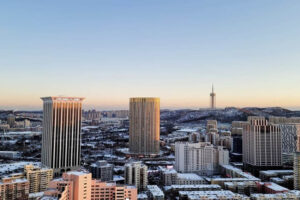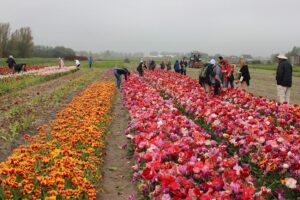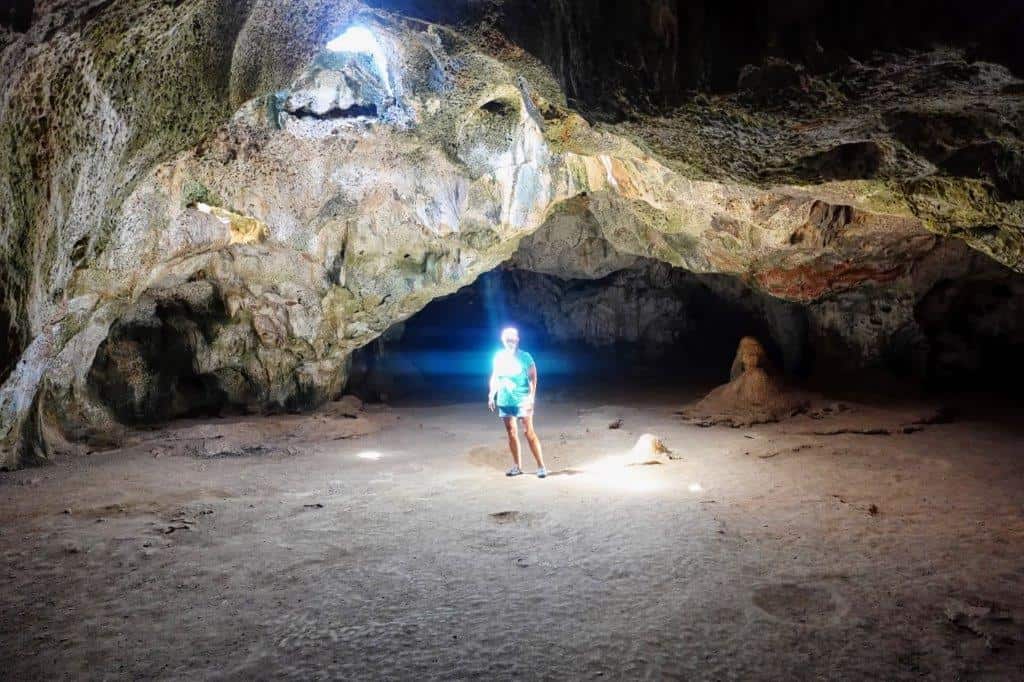
Seville, Spain’s Stunning Architecture, Towers, and Monuments
By Tristan Cano
Seville, Spain’s fourth-largest city is home to some of Andalucía’s best known historical monuments, a pulsating nightlife and one of the region’s finest and most varied culinary experiences.
Seeing the Sights
The Torre de Oro (Golden Tower) which overlooks the Guadalquivir River is a great starting point for discovering this fascinating city. It is a stunning remnant of the city the Muslims called Ishbiliya and has found a new lease of life as Seville’s naval museum.
The tower is far less gold than you would imagine, although when darkness falls, artificial illumination brings it to its auriferous best.
Nearby is Seville’s most famous monument, the 93-meter-tall Giralda Tower which was designed at the end of the Twelfth Century by prominent Islamic architect Ahmad Ibn Baso who is credited as having designed the Hassan Tower in Rabat.
A Renaissance-style belfry was added to the Islamic minaret in the 16th Century as well as the two-ton weather vane at its summit, known as El Giraldillo.
The walk to the top is via 35 ramps, which were employed instead of stairs to accommodate a lethargic muezzin who would climb to the top of his horse to call to prayer. The walk is certainly worth the effort for the views it affords over the city.
Adjacent to the Giralda is Seville’s Cathedral, built abreast the city’s main Almohad mosque. Only the Tower and the Patio de Los Naranjos survive from the building’s Muslim past, however, this does not detract from the splendor of the world’s largest Gothic cathedral.

With no less than 80 chapels and a 20-meter tall altar, it is a highly impressive building containing more than 500 works of art, including Murillo’s The Vision of St. Anthony. The Flemish stained glass windows are stunning but undoubtedly the Cathedral’s main draw is the mausoleum containing the remains of Christopher Columbus.
The Alcázar, a former fort, which later became an Almohad palace, is also located nearby and its size and beauty remind us of Seville’s prominence in Al Andalus [Islamic Spain].
Although there were many later additions, the Alcázar remains one of the best remaining examples of mudéjar architecture in Spain and is still the official Seville residence of the Spanish royal family.

The Giralda, the Cathedral and the Alcázar charge non-Seville-residents a €7.00 entry fee. Although each is undoubtedly worth every cent, budget travelers (or at least those unwilling to masquerade as ‘Sevillanos’) can enjoy plenty of low or no-cost alternatives.
The Plaza de España, for example, built for the Spanish-American Exhibition of 1929 illustrates an excellent amalgamation of neo-Moorish and Art Deco architecture on a grand scale. A stroll through its many tiled alcoves, each representing a different Spanish province, will yield plenty of photographic opportunities, as will the many colorful buskers who work the area.
The Museo de Bellas Artes charges no admission fee and is also well worth a visit for its fine selection of works by Spanish artists.
The Parque Maria Louisa, which divides the Plaza de España from the other Exhibition pavilions, is also worthy of visit. Here, exotic palm and orange trees intermingle with ponds, arbores and lavish pavilions, coloured by the squawking parakeets which fly between the treetops.
When should I visit?
Although beautiful all year round, the heat of the summer months makes sightseeing almost unbearable in Seville during July and August.

Lovers of traditional music will enjoy the Festival de Musica Antigua held in March each year which features concerts performed with historic musical instruments.
Semana Santa (Easter Week) is also an interesting option due to the many spectacular processions through Seville’s city center.
Undoubtedly the best time to be in Seville, though, is during late April when you will get to experience the vibrant feria season comprising almost two weeks of non-stop partying.
There is usually a full calendar of events, but just being in the city during this time and seeing the locals dress in their colourful traditional finery is enough get anybody in the party mood.
Feeling Hungry?
The Barrio de Santa Cruz, commences near the Giralda, on the opposite side of the Plaza Virgen de los Reyes and is worth a visit, as much for the beauty of its picturesque plazas, as for the abundance of excellent tapas bars scattered along its cobbled walkways.

While there are too many high quality eateries to mention all by name, more than honorable mentions are due to Ay Maricru! on Pasaje de Vila and the truly exceptional Vineria San Telmo on Paseo Catalina de Ribera near the Jardines de Murillo.
Nightlife
Much of the City’s nightlife is also concentrated in the Barrio de Santa Cruz, however, there is also an alternative scene centered on the Alameda de Hercules.
The Alameda houses a multitude of bustling bars and cafes as well as Seville’s largest ‘botellón’ on weekend evenings where (younger) revellers enjoy a couple of hours of economical street-drinking before hitting the clubs.
Calle Betis, just a short walk across the Guadalquivir River in the old gypsy quarter of Triana, is home to many of Seville’s most popular bars and clubs. Triana has a distinct identity from the rest of the City and its numerous shopping streets also offer a calmer alternative to the hustle of Seville’s city center.
How to get there
Seville Airport is an important regional hub for domestic flights and is located 12km from Seville’s City Centre.
Malaga Airport (about 150km from Seville) is quickly expanding its schedule of international flights to include flights to most European cities as well as the US and Canada.
The AVE train runs between Malaga (City) and Seville; there are usually five direct trains daily, taking about 2½ hours and costing about €15.00 for a single ticket. You can check RENFE train schedules here.
To drive to Seville from Malaga airport take the AP-7 Motorway towards Malaga and join the A-92 in the direction of Seville.


Tristan Cano is a freelance travel writer and journalist who lives and works in his beloved Gibraltar on the southernmost tip of Europe. He has written extensively in the Gibraltarian and international press about Gibraltar’s history and is the author of Historic Walking Guides: Gibraltar.
Eurail Passes: What to Know about Buying a Europe Train Pass
- Roman Ruins and More in Malaga, Spain - March 11, 2019
- Alhambra Palace and More in Granada Spain - July 16, 2013
- The Rock of Gibraltar: Dining and Shopping, Page Three - August 18, 2012





